Scrap Gardening for Beginners
By Savannah Kohler, Leadership in Urban Agriculture Internship, 2020
An estimated 1/3 of all food that was made for consumption, ends up as waste instead. (1) Along with composting, scrap gardening is one of many strategies used world-wide to help with the reduction of food waste. While eating a higher quality diet is related to less cropland waste, it does have a negative association with food waste. (2) By taking the time to turn some of our kitchen scraps into a small scrap garden, we are doing our part in helping to provide a sustainable food system.
Scrap gardening is great for beginners who are wanting to experiment with their first garden and for those who just do not have room for a large garden in their yard. It is also a great way to save money on fresh food!
HOW IS THIS DONE?
While each plant may vary in the amount of water used, the length cut of the scraps, and the amount of time it takes to regrow, it is all still remarkably easy and very much achievable! To begin, you will need for your plants to grow roots. See below for instructions.
WHAT PLANTS CAN I REGROW?
You can regrow most of your veggies and fruits, but not all. Here are some examples of popular options that you can regrow and how to do it.
GREEN ONIONS: Cut off the top of the plant and keep the end that grows roots. Plant it in potting soil and place it in a well-lit room. Soon, the green onions will begin to grow back, and you can snip them off the plant and use them as needed.
CELERY: Cut the stalk, leaving about two inches at the bottom. Place the two-inch-long end in a bowl of very shallow water. When leaves begin to grow on top, you can move into potting soil and watch it grow.
ROMAINE LETTUCE: Cut the lettuce, leaving about two inches at the bottom. Place the two-inch-long end in a shallow bowl of water. As leaves grow, you may eat them.
POTATOES: Wait until your potato is starting to sprout. When it does, cut the potato in slices around the sprouts. Plant in deep soil with the eye facing up. Cover the potato entirely with soil.
HERBS: Pick most leaves from the stem, while leaving the only top few remaining. Place the stems in a glass of water. Replace the water every few days. Plant stems in soil once they have grown their roots.
HELPFUL LINKS:
https://www.diyncrafts.com/4732/repurpose/25-foods-can-re-grow-kitchen-scraps
REFERENCES
Anastasia M, Alexandru J, Liliana S(C. Studies on the use of vegetable scraps. https://ibn.idsi.md/ro/vizualizare_articol/72422. Published February 20, 2019. Accessed July 27, 2020.
Conrad Z, Niles MT, Neher DA, Roy ED, Tichenor NE, Jahns L. Relationship between food waste, diet quality, and environmental sustainability. Plos One. 2018;13(4). doi:10.1371/journal.pone.0195405

